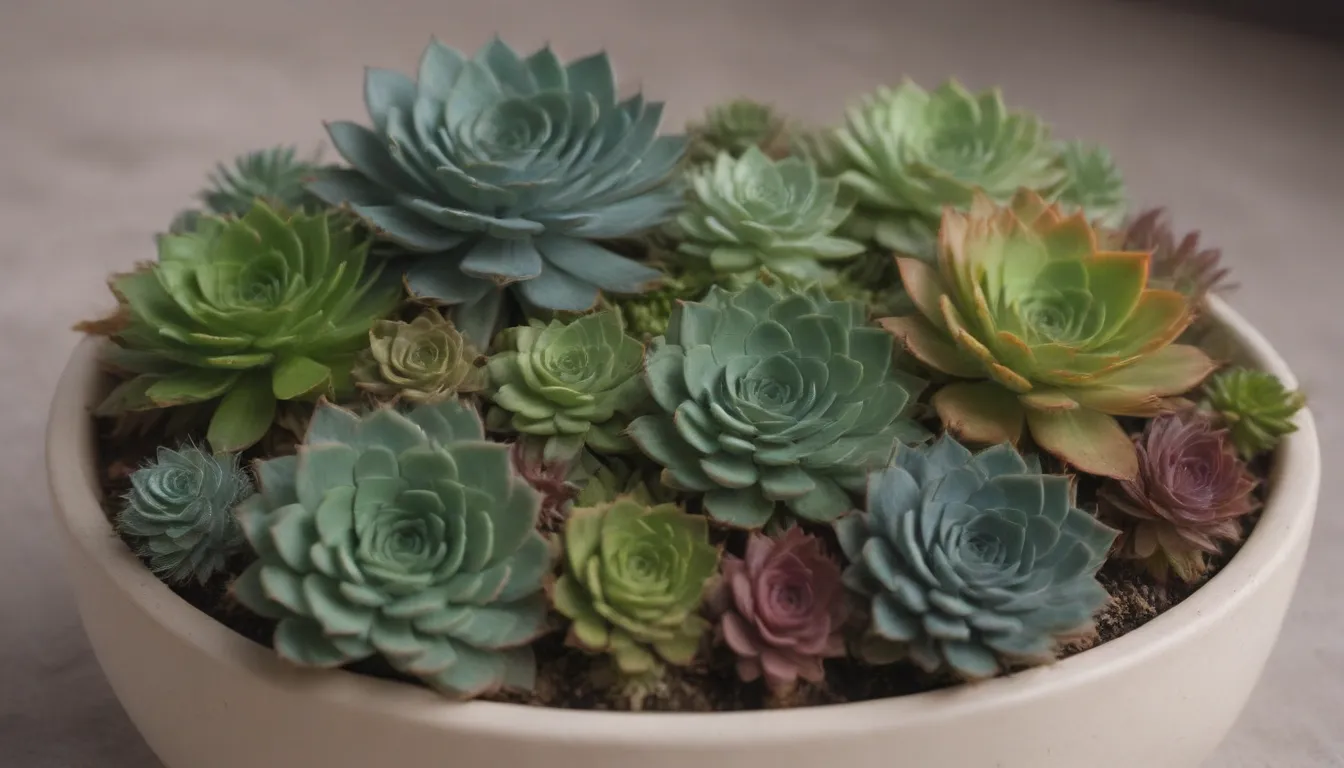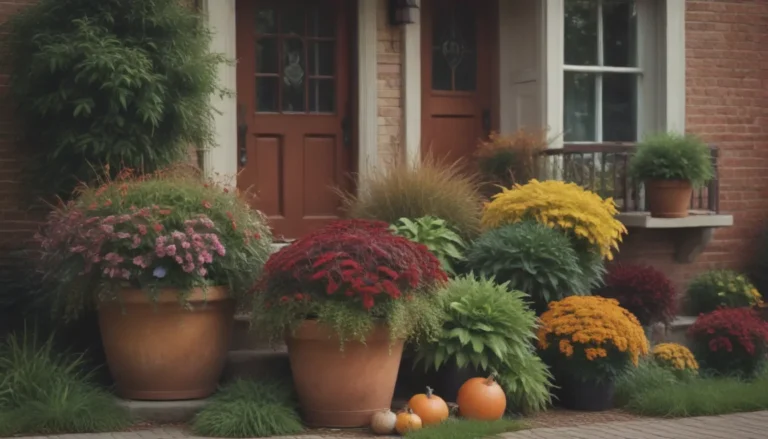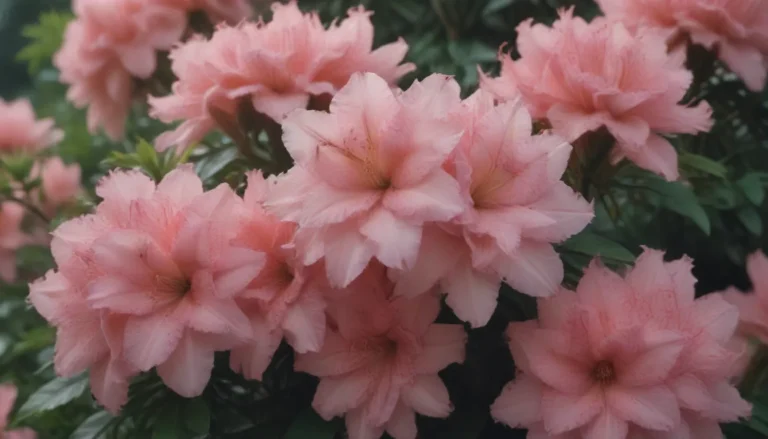Ultimate Guide to Caring for Succulents: Expert Tips for Success

Succulents are beloved by many for their unique beauty and easy care nature. These low-maintenance plants come in a variety of shapes, sizes, and colors, making them a popular choice for both experienced and novice gardeners. However, while succulents are known for their resilience, there are key guidelines that every succulent owner should follow to ensure their plants thrive and flourish.
In this comprehensive guide, we’ll explore the essential tips and tricks recommended by gardening experts to help you care for your succulents and keep them looking their best. Whether you’re a seasoned succulent enthusiast or just starting out, these tips will help you develop a green thumb and create a stunning succulent garden that will be the envy of all your friends.
Understanding the Basics of Succulent Care
Before diving into the specific care tips for succulents, it’s important to understand the fundamental needs of these plants. Succulents are known for their ability to store water in their leaves, making them highly drought-tolerant. However, despite their hardy nature, succulents still require proper care to thrive. Here are some basic guidelines to keep in mind:
- Succulents come in a wide variety of species, each with its own unique growth habits and care requirements.
- Proper watering, sunlight exposure, and humidity levels are key to keeping your succulents healthy.
- Overwatering can be detrimental to succulents, so it’s essential to water them only when the soil is dry.
- Adequate sunlight is crucial for succulents to thrive, as they are typically native to hot or desert climates.
- Good drainage is essential for succulents, as they are prone to root rot if left in waterlogged soil.
Now that we’ve covered the basics, let’s dive into the specific care tips that will help you cultivate a thriving succulent garden.
1. Give Your Succulents Adequate Light
Succulents thrive in bright sunlight, whether direct, dappled, or indirect. If you notice your succulent’s leaves fading or growing lighter in color, it may be a sign that they need more sunlight. Gradually increasing their exposure to sunlight can help restore their vibrant color and promote healthy growth.
2. Provide Well-Drained Soil
Succulents require soil that drains well and has a lightweight texture. Adding sand and perlite to potting soil can improve drainage and prevent water retention, which can lead to root rot. Consider using potting mixes specifically formulated for succulents, such as those designed for cacti.
3. Choose a Suitable Container
Selecting the right container for your succulents is crucial. Opt for natural materials like terracotta clay or ceramic, which allow for proper aeration and drainage. Ensure the pot has drainage holes at the bottom to prevent waterlogging, and place a tray or dish underneath to catch excess water.
4. Water Consistently as Needed
Water your succulents only when the soil is dry, which may mean watering once a week or every two weeks. In the winter months, reduce watering frequency by half, as succulents require less water during their dormant period. Avoid overwatering, as it can lead to root rot and other issues.
5. Provide Appropriate Humidity
While succulents are generally low-maintenance plants, some varieties may benefit from increased humidity. Research the specific humidity preferences of your succulents and adjust accordingly. Using a spray mister or placing a dish of water nearby can help increase humidity levels.
6. Use Fertilizer Sparingly, If At All
Succulents typically do not require frequent fertilization. If you choose to fertilize your succulents, do so sparingly at the start of the growing season. Alternatively, you can add soil amendments like perlite, compost, coffee grounds, or powdered eggshells to enrich the soil with nutrients.
7. Observe Temperature Needs
Succulents are adaptable to a range of temperatures, but it’s essential to provide a suitable environment for optimal growth. Keep temperatures between 60-80°F to ensure your succulents thrive. Research the temperature preferences of your specific succulent species to meet their unique needs.
8. Rotate Your Succulent Often
Rotating your succulent’s container every few days can promote even growth and prevent leggy or lopsided growth. Ensure your succulent receives sufficient sunlight on all sides by rotating it regularly. If you notice uneven growth, increase the frequency of rotation to maintain a balanced appearance.
9. Remove Pests Promptly
Keep an eye out for common pests like aphids and spider mites, and remove them promptly to prevent infestations. Wipe off pests with a clean cloth dipped in neem oil, and dispose of any heavily infested plant parts. Regularly inspect your succulents for signs of pests to maintain their health and vitality.
10. Move Outdoors Occasionally, If Possible
If your succulents are potted, consider moving them outdoors during the warmer months to benefit from natural sunlight and fresh air. Ensure they are protected from harsh weather conditions like strong winds or heavy rain, and acclimate them gradually to prevent shock.
11. Repot Your Succulent When Needed
As your succulents grow, they may outgrow their containers or require fresh soil. Repotting is necessary to promote healthy growth and prevent overcrowding. Choose a suitable potting mix and water lightly after repotting to help your succulents adjust to their new environment.
By following these expert-approved tips, you can provide the best care for your succulents and create a thriving garden that showcases their natural beauty. Remember that each succulent species has its own unique needs, so it’s essential to research and adapt your care routine accordingly. With a little attention and dedication, you can enjoy the beauty of succulents in your home or garden for years to come. Happy gardening!





